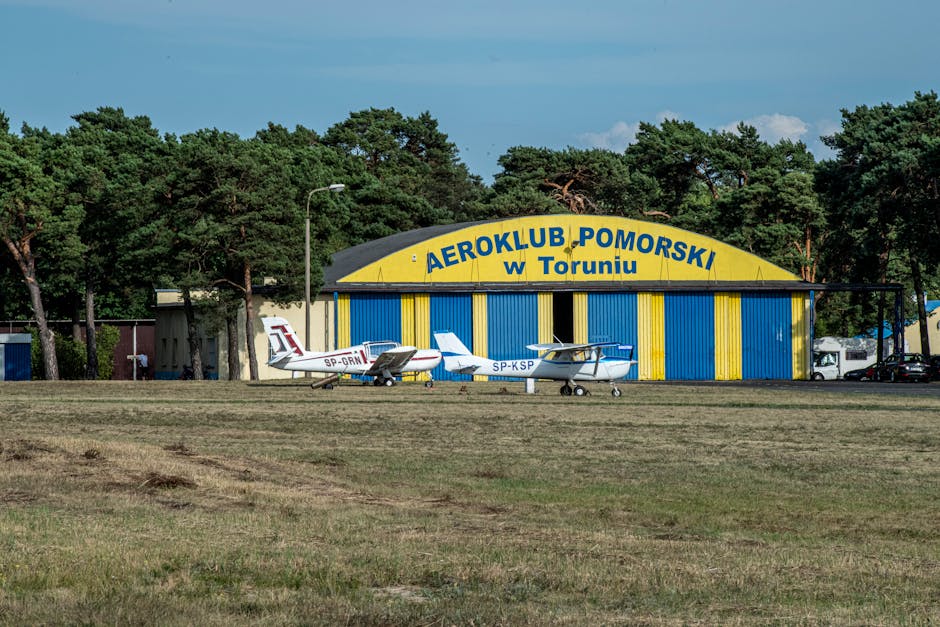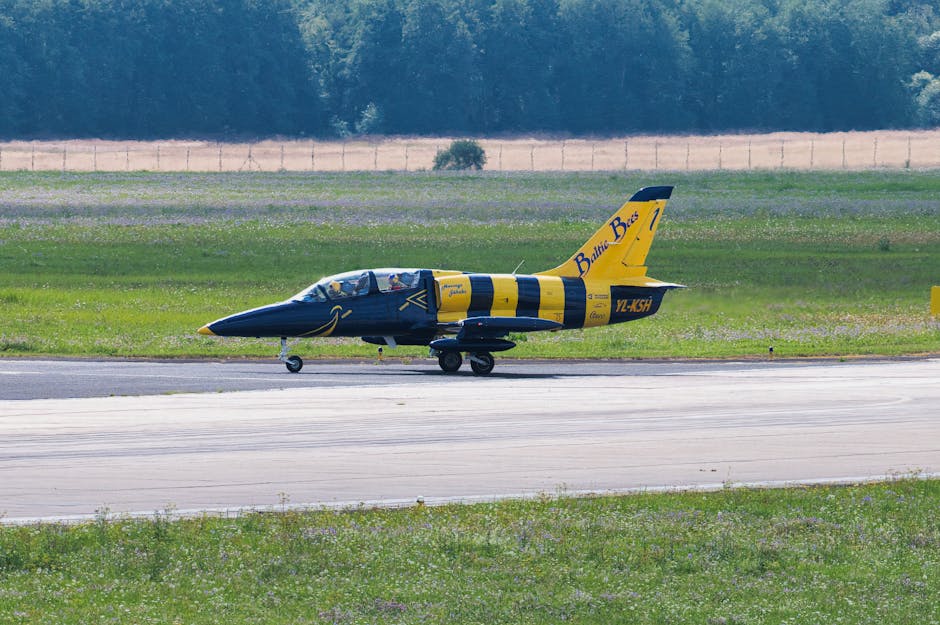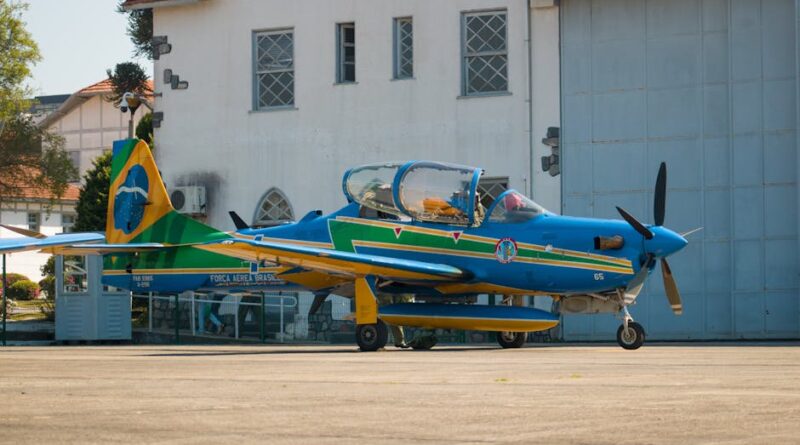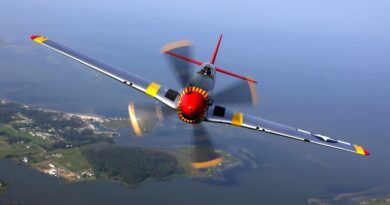Building Your Pilot Training Portfolio
Are you ready to take flight on your aviation journey? Building a pilot training portfolio is crucial for aspiring pilots. It showcases your skills, experiences, and dedication to flying. But what exactly is a pilot training portfolio, and how do you make one?
Lets explore the steps to create an impressive pilot training portfolio. Well break it down into easy-to-understand sections. By the end, youll know how to highlight your abilities and stand out in the aviation world.
What is a Pilot Training Portfolio?

A pilot training portfolio is like a scrapbook of your aviation journey. It contains records of your training, flight hours, certifications, and achievements. Think of it as your personal brand in the aviation community. It helps you show potential employers or flight schools what you bring to the table.
Why Do You Need a Pilot Training Portfolio?

Having a portfolio is essential for several reasons:
- Showcase Your Experience: It highlights your skills and training.
- Demonstrate Commitment: A well-organized portfolio shows you take your career seriously.
- Stand Out: In a competitive field, a strong portfolio can set you apart from other candidates.
According to the Federal Aviation Administration (FAA), the number of commercial pilot certificates has increased by over 10% in the last five years. This growth means more competition for jobs. A portfolio can make you memorable.
What Should You Include in Your Portfolio?

Your portfolio should tell your aviation story. Here are the key components to include:
1. Personal Statement
Start with a brief personal statement. This section should explain your passion for flying and your career goals. Keep it authentic and engaging. Use a friendly tone, and don’t be afraid to share your journey.
2. Flight Training Records
Include a summary of your flight training. List all the schools you attended and the instructors you worked with. Document your flight hours, types of aircraft flown, and maneuvers mastered. This information acts as proof of your training.
3. Certifications and Licenses
List all relevant certifications and licenses. This includes:
- Private Pilot License (PPL)
- Instrument Rating
- Commercial Pilot License (CPL)
- Flight Instructor (CFI)
Make copies of the certificates and include them in your portfolio. Consider using clear plastic sleeves to protect them.
4. Flight Experience Log
Your flight experience log is crucial. It details your actual flight time and experience. Include information such as:
- Date of flight
- Aircraft type
- Flight time
- Type of flight (solo, dual, cross-country)
This log demonstrates your progress and proficiency as a pilot.
5. Recommendations and Testimonials
Ask instructors, mentors, or employers for recommendations. Positive testimonials can boost your credibility. Include their names, positions, and contact information so potential employers can verify them.
How Do You Organize Your Portfolio?

Organizing your portfolio is key. A neat and logical structure makes it easy for others to read. Heres a simple way to organize your portfolio:
- Cover Page: Include your name and contact information.
- Table of Contents: List the sections of your portfolio.
- Personal Statement: Your introduction.
- Flight Training Records and Logs: Organized in chronological order.
- Certifications and Recommendations: Clearly labeled sections.
Consider using a binder or a digital format. Digital portfolios are easy to update and share, especially when applying for jobs.
How to Make Your Portfolio Stand Out?
To truly stand out, consider these tips:
- Use High-Quality Photos: Include photos of you in action. Images of you flying or during training can make your portfolio memorable.
- Include a Section for Continuous Learning: Show that you are committed to improving your skills. Include any additional courses, seminars, or workshops.
- Be Mindful of Design: Use a clean and professional layout. Avoid clutter and keep fonts readable.
What Common Mistakes Should You Avoid?
Even with the best intentions, mistakes can happen. Here are some common pitfalls to watch out for:
- Neglecting Updates: Keep your portfolio updated. Regularly add new experiences and certifications.
- Being Too Vague: don’t skimp on details. Provide enough information to illustrate your skills and experience.
- Ignoring Feedback: Seek feedback from peers or mentors. They can help you spot areas for improvement.
Where Can You Get Help with Your Portfolio?
If you’re unsure where to start, consider seeking help. Many aviation schools offer resources. Online forums and communities can also provide guidance. Websites like the Aircraft Owners and Pilots Association (AOPA) offer excellent articles and tips on creating a pilot portfolio. You can visit them at AOPA.org.
How Often Should You Review Your Portfolio?
Regular reviews are important. Set a schedule to look over your portfolio at least twice a year. Update any sections that need attention. This practice ensures that you’re always ready for new opportunities.
What Are the Next Steps After Creating Your Portfolio?
After building your portfolio, it’s time to put it to use. Heres how you can move forward:
- Apply for Jobs: Use your portfolio to apply for flight schools, airlines, or flight instructor positions.
- Network: Share your portfolio with fellow pilots and industry contacts. Networking can lead to job opportunities.
- Seek Feedback: After interviews, ask for feedback on your portfolio. This information can help you improve.
Building a pilot training portfolio is a rewarding process. It allows you to reflect on your progress and prepare for the next step in your career. By following these guidelines, youll create a portfolio that shines.
Final Thoughts
Your pilot training portfolio is more than just a collection of documents. It’s a reflection of your hard work and dedication. Take the time to build it thoughtfully. Keep it organized and updated. Remember, your journey as a pilot is just beginning!
Now, grab a binder or open a document on your computer and start crafting your portfolio. Your future in aviation awaits!



